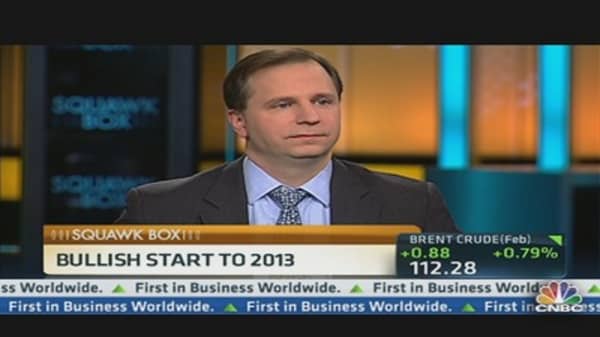Here's how a circulating coin is made. Congress needs agree on the metal content, dimensions, the designs on the heads and tails sides, weight, and other details. Then they have to pass legislation to create a $1 trillion circulating coin. The President needs to sign it. Then the Mint would have to design it get the design approved, procure whatever new materials they need, make the dies, test production, and then make one. Then a bank would have to order one because a business customer needed it to make change. The Fed would pay the Mint face value for the coin. After deducting the cost of the coin, the Mint would return the balance to the Treasury. All this needs to be done before we run out of money. Good luck with that.
Third, the current law does allow the Mint to make a platinum proof coin and does not specify whether this applies to a bullion coin or a circulating coin. A proof coin refers to a mirror-like finish and is made for coin collectors. However, a proof coin must be accepted at face value. Some have argued that the law can be stretched to allow for a platinum circulating coin, but this would not be consistent with the intent of the original legislation.
But let's ignore the law for a moment. Let's assume that a $1 trillion circulating coin could be created. It would be no different than creating money out of thin air.
By the way, a trillion dollars ain't what it used to be. One coin would not even cover one year's deficit. Why not mint 17 coins to eliminate the national debt? Using such trickery, especially at that scale, would have serious negative consequences on America's leadership of the world economy and confidence in our dollar.
And by comparison, we would succeed in doing the impossible: making Greece look virtuous and sacrificial.
Recently, I made a quarter "disappear" for my young daughters by using misdirection to make that sleight of hand magic trick work. Like misdirection, the notion of a $1 trillion coin directs attention away from real solutions. And it gives a false hope to those fantasizing for a painless, simple, and quick solution.
This is the reality. Our fiscal problems are enormous. We've tried to borrow more, kick the can down the road, and print more money and those solutions aren't working.
The only solutions left are the hard ones. We can raise revenue, cut spending, or do some combination of the two. Regardless, it has to be big and deep enough to matter.
This is the right time to showcase American leadership to the world. Let's work together and make the tough decisions that would turn our budget deficits into surpluses and reduce our national debt. Now that would be worth more than all the gold in Fort Knox. (Oh, and by the way, all the gold in Fort Knox would fund less than three months of the federal budget deficit)
Edmund Moy was the 38th director of the United States Mint, serving under Presidents Bush and Obama. He is currently chief strategist at Morgan Gold, a U.S.-based gold coin retailer.




